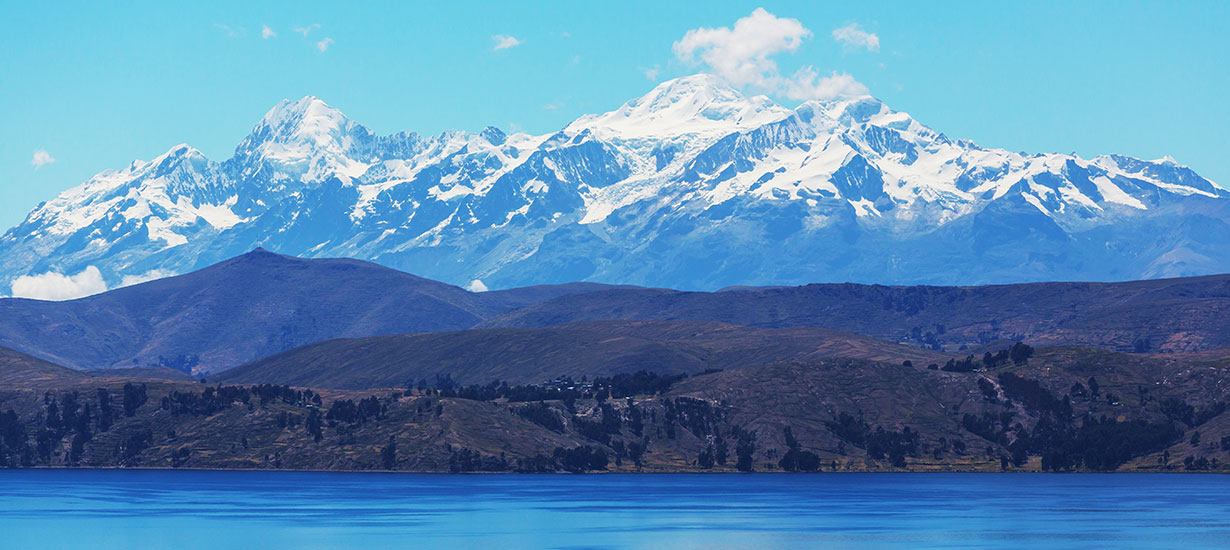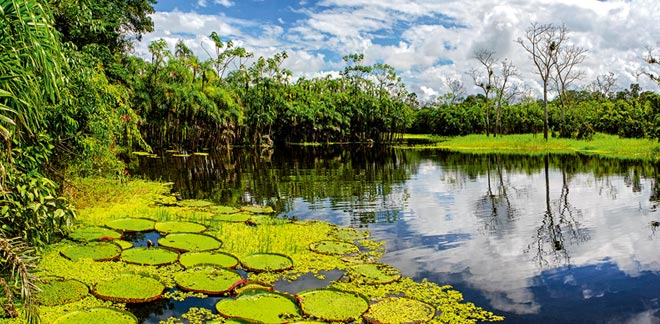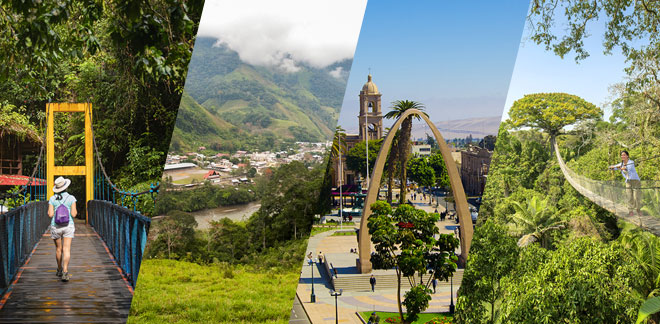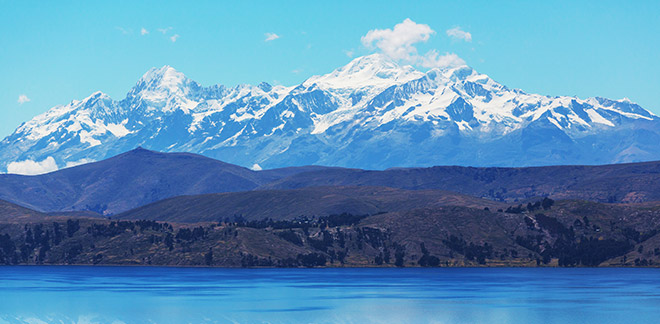Natural soul: Discover Peru's natural protected areas and their importance
Síguenos en:Google News
National reserves play a crucial role in protecting valuable biodiversity and preserving Peru's most iconic ecosystems.
Peru boasts remarkable biodiversity thanks to its geographical location and diverse ecosystems. To safeguard this natural wealth, the government has designated several areas as protected, with national parks being among the most prominent.
Many of these parks are not only vital to Peru but have also earned international recognition for their unique biodiversity and contribution to environmental conservation.
Join us on a journey through vibrant diversity and untamed beauty, where nature takes center stage in its most stunning form:
Manu National Park
Located in the Cusco and Madre de Dios regions, Manu National Park is one of the most biodiverse ecosystems on Earth. It was designated a Natural Protected Area in 1973, and in 1977, UNESCO recognized both the park and its surrounding areas as a Biosphere Reserve.
In 1987, UNESCO declared Manu National Park a Natural World Heritage Site for its extraordinary biological diversity. The park is home to over a thousand bird species and an incredible variety of flora and fauna, including 228 species of mammals, 158 species of amphibians, 132 species of reptiles, 4 species of caimans, and 210 species of fish, according to the book "Parque Nacional Manu, Patrimonio de la Humanidad" (Manu National Park, World Heritage Site).
If you enjoy capturing the beauty of nature through photography, the lower basin of the Manu River offers breathtaking views of the Amazon plain in all its splendor. The park features five key areas to explore, each rich in flora and fauna: Salvador, Otorongo, Juárez, Pakitza, and Limonal.
A highlight for wildlife enthusiasts are the colpas—natural clay licks that attract various animals—and the aguajales, wetlands that serve as important gathering spots for native fauna, including vibrant macaws.
To experience this stunning natural beauty in its purest form, simply take a flight from Lima to Puerto Maldonado, which takes about 1 hour and 40 minutes. Once you arrive, you can hop on a boat to Villa Salvacion, the capital of the Manu province and district.
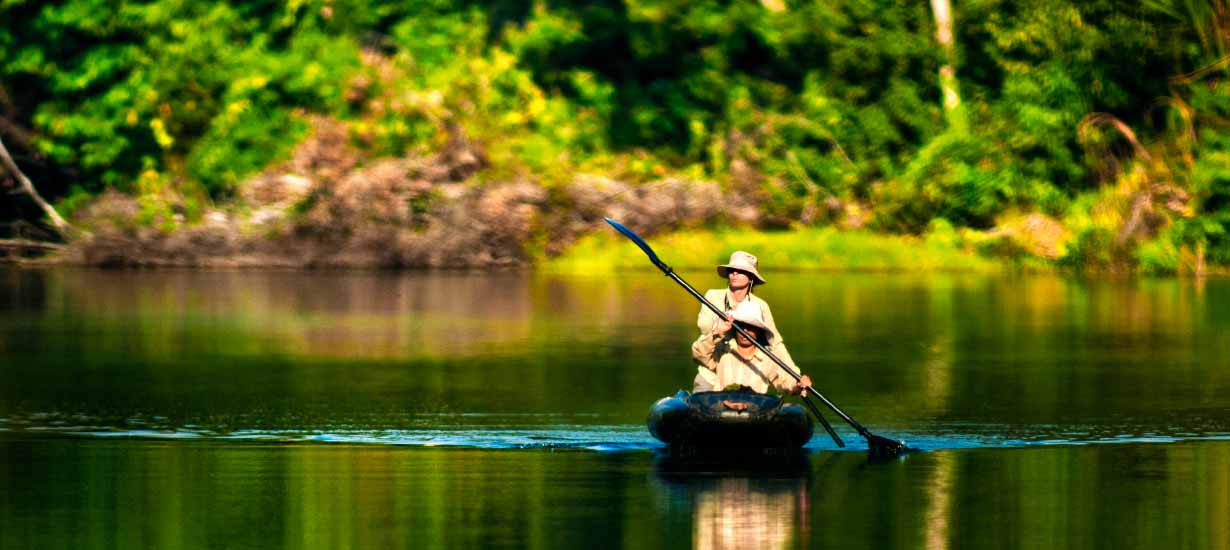 Manu National Park / Source: Heinz Plenge, PROMPERÚ
Manu National Park / Source: Heinz Plenge, PROMPERÚ
Huascaran National Park
From the exotic landscapes of Manu, we move to the realm of the majestic Andean condor. Located in the Cordillera Blanca of the Ancash region, Huascaran National Park is renowned for being home to Peru's highest peak, the Huascaran snow-capped mountain, which rises to 6,768 meters above sea level.
This park was designated a Biosphere Reserve by UNESCO in 1977 and declared a World Natural Heritage Site in 1985. If you are a fan of mountaineering and hiking, Huascaran National Park is the perfect destination for you. Its stunning and dramatic landscapes will leave a lasting impression on your memory.
Thus, the Huascaran has more than 120 species of birds and 10 mammal species, where (apart from the Andean condor), the Andean duck and the Puna partridge stand out. To get here, we suggest starting from the city of Huaraz. Another option would be to go through the town of Carpa, in the direction of the Pastoruri snow-capped mountain.
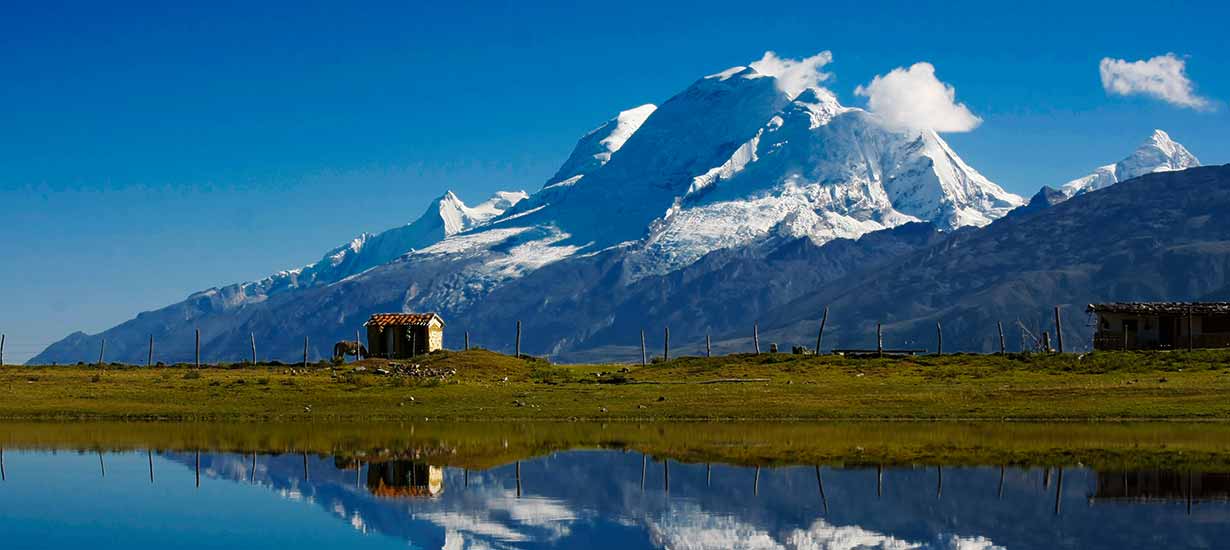 Huascaran National Park/ Source: Dickens Rondán
Huascaran National Park/ Source: Dickens Rondán
Oxapampa Biosphere Reserve
Located in the Pasco region, the Oxapampa Ashaninka-Yanesha Biosphere Reserve (BIOAY) was recognized as an emblematic natural area by UNESCO in 2010. It spans an impressive 1,800,000 hectares and includes protected areas such as the Yanachaga-Chemillen National Park, the Yanesha Communal Reserve, El Sira, and the San Matias San Carlos Protected Forest.
According to the National Service of Natural Areas Protected by the State (SERNANP), this place is home to at least 127 species of mammals, 321 species of birds, and 71 species of fish. Additionally, over 10,000 plant species have been documented in the area, with 50 of those being endemic.
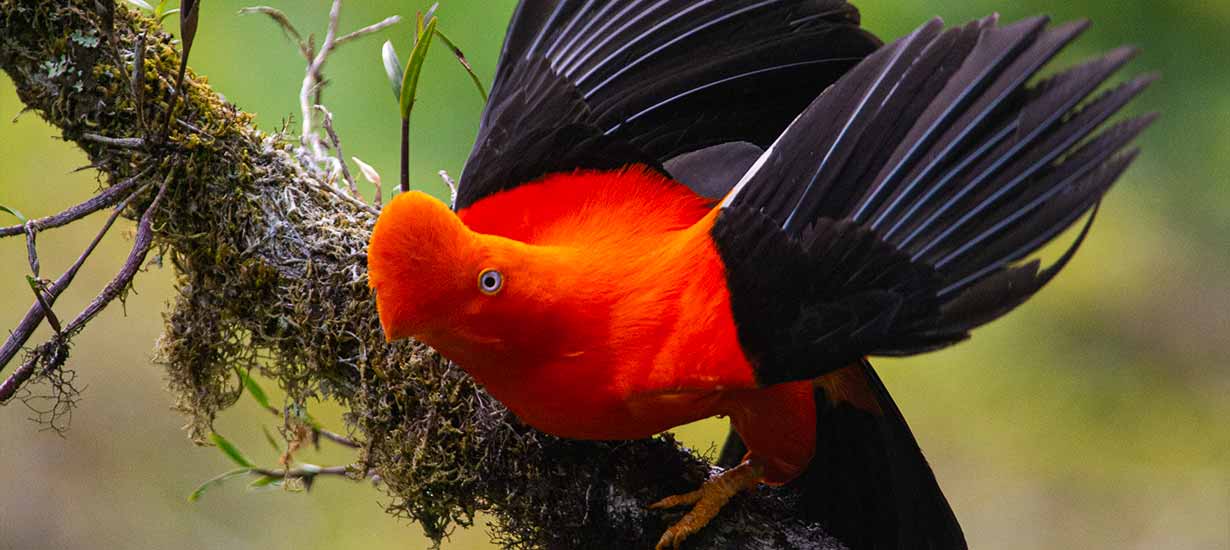 Oxapampa Biosphere Reserve / Source: Ernesto Benavides, PROMPERÚ
Oxapampa Biosphere Reserve / Source: Ernesto Benavides, PROMPERÚ
Indigenous cultures thrive alongside protected natural areas within the reserve, including Yanachaga-Chemillen National Park, Yanesha Communal Reserve, San Matias San Carlos Protected Forest, and El Sira Communal Reserve.
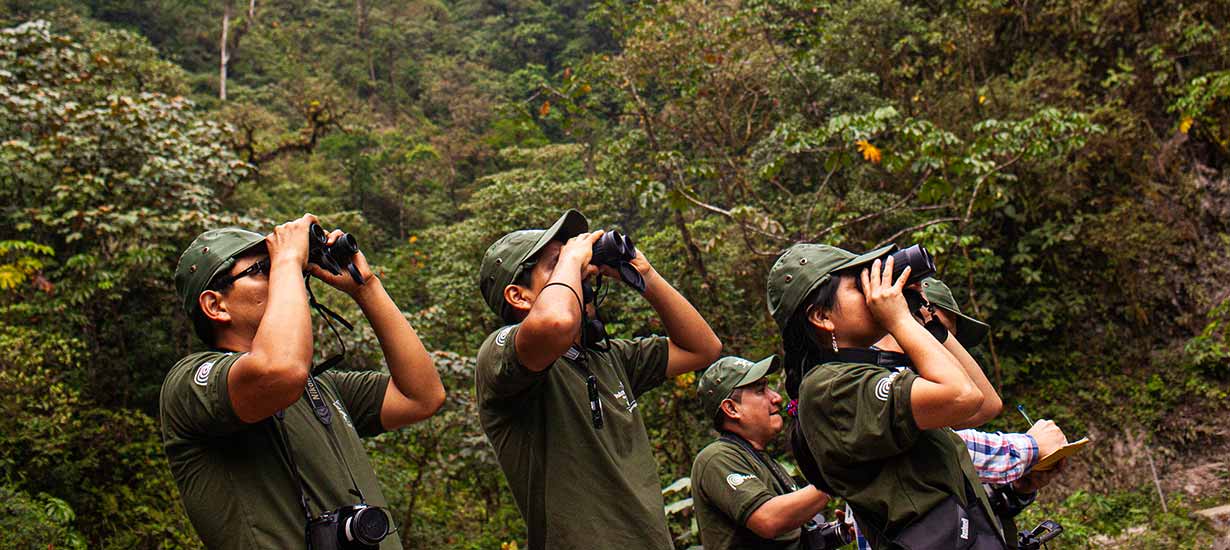 Oxapampa Biosphere Reserve / Source: Ernesto Benavides, PROMPERÚ
Oxapampa Biosphere Reserve / Source: Ernesto Benavides, PROMPERÚ
Lachay National Reserve
Lachay National Reserve is a small earthly paradise, surprisingly located just 105 kilometers north of Lima, amidst the coastal desert. These hills are natural formations that thrive due to the humidity from the Pacific mists, creating a truly unique oasis of life.
Established on June 21, 1977, Lachay National Reserve aims to protect the unique flora and fauna adapted to the specific conditions of the Peruvian coast. This reserve is home to approximately 60 bird species, including the kestrel, common harrier, field plover, great harrier, scarlet flycatcher, and endemic species such as the mountain partridge and the thick-billed pampero.
In addition to being an ecological tourist attraction near Lima, Lachay National Reserve offers activities like hiking and bird watching. The tour around the hills takes no more than two hours, and the marked paths make navigation easy.
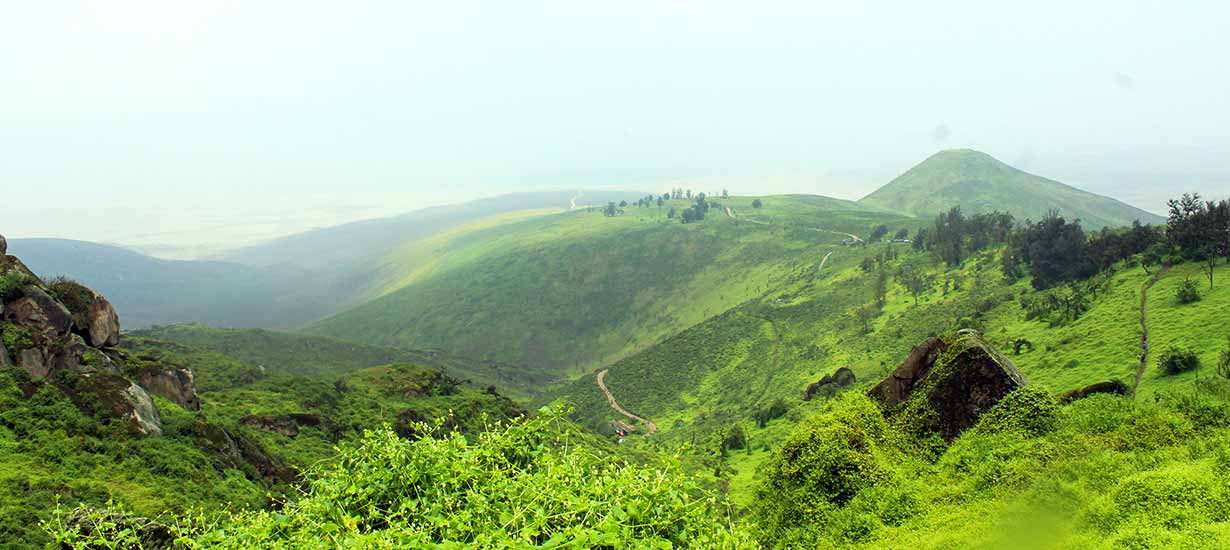 Lachay National Reserve / Source: Alejandro Tabini, PROMPERÚ
Lachay National Reserve / Source: Alejandro Tabini, PROMPERÚ
Titicaca National Reserve
Established on October 31, 1978, Titicaca National Reserve protects the ecosystems surrounding the world’s highest navigable lake, situated over 3,810 meters above sea level, between the Puno region of Peru and Bolivia.
This reserve is home to a significant variety of Andean and aquatic flora and fauna. In terms of wildlife, 159 species have been recorded, including 15 mammals, 105 birds, 9 amphibians, 4 reptiles, and over 26 fish species.
The reserve's most representative fauna includes birds such as the endemic grebe (keñola), choka, tikicho, flamingos (parihuanas), and wild ducks. Additionally, when it comes to amphibians, we cannot overlook the famous giant frog of Titicaca, known as huankele, which was even featured on a commemorative coin in 2019.
Within the reserve, several islands can enhance your visit. If you are interested in rural community-based tourism, the islands of Taquile and Amantani are perfect options.
 Titicaca National Reserve / Source: Shutterstock
Titicaca National Reserve / Source: Shutterstock
For birdwatchers, the Carata Mocco tourist circuit offers excellent opportunities, while the Yapura tourist circuit is highly recommended for those seeking aquatic adventures. In both cases, you will navigate various lake trails amidst the reeds aboard small boats, guided by local experts, which greatly enriches the experience.
It is worth noting that due to its stunning Andean landscapes and remarkable biodiversity, Titicaca National Reserve was awarded a level 4 hierarchy—the highest distinction for a tourist resource in the world. In Peru, only Machupicchu, the Nazca and Palpa Lines, and Geoglyphs, and the Amazon River hold this honor. This distinction was granted by MINCETUR in 2021.
Paracas National Reserve
The Paracas National Reserve, located in the Ica region and created on September 25, 1975, is one of the most emblematic natural areas in Peru, as it protects both the coastal desert and a large extension of the sea, which makes it a marine and terrestrial reserve.
Paracas Reserve is renowned for its marine biodiversity, boasting an estimated 216 bird species, 36 mammals, 10 reptiles, 168 fish species, and a wide variety of invertebrates.
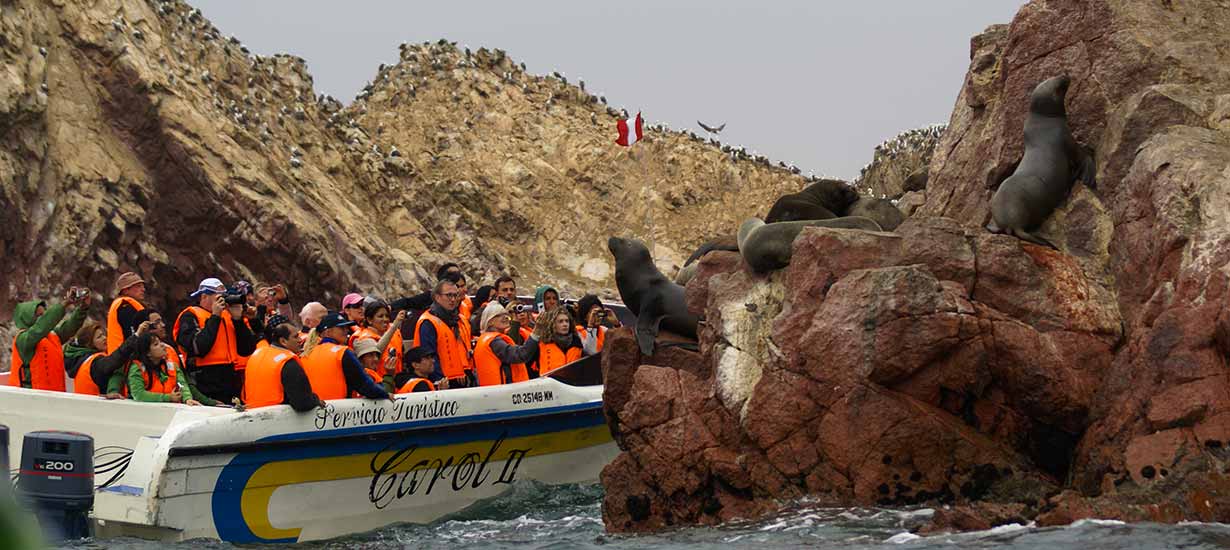 Paracas National Reserve / / Source: Marco Garro, PROMPERÚ
Paracas National Reserve / / Source: Marco Garro, PROMPERÚ
Among the bird species found in the reserve are the flamingo (parihuana), Humboldt penguin, and various wading birds. Visitors can also spot fur seals, sea lions, and otters. In the marine waters, you might encounter humpback whales, river dolphins (bufeo), and dusky dolphins.
The main attractions of Paracas Reserve are its stunning natural landscapes, which showcase the area's beauty. Visitors can enjoy a variety of activities, including bicycle and ATV tours, hiking, and bird watching.
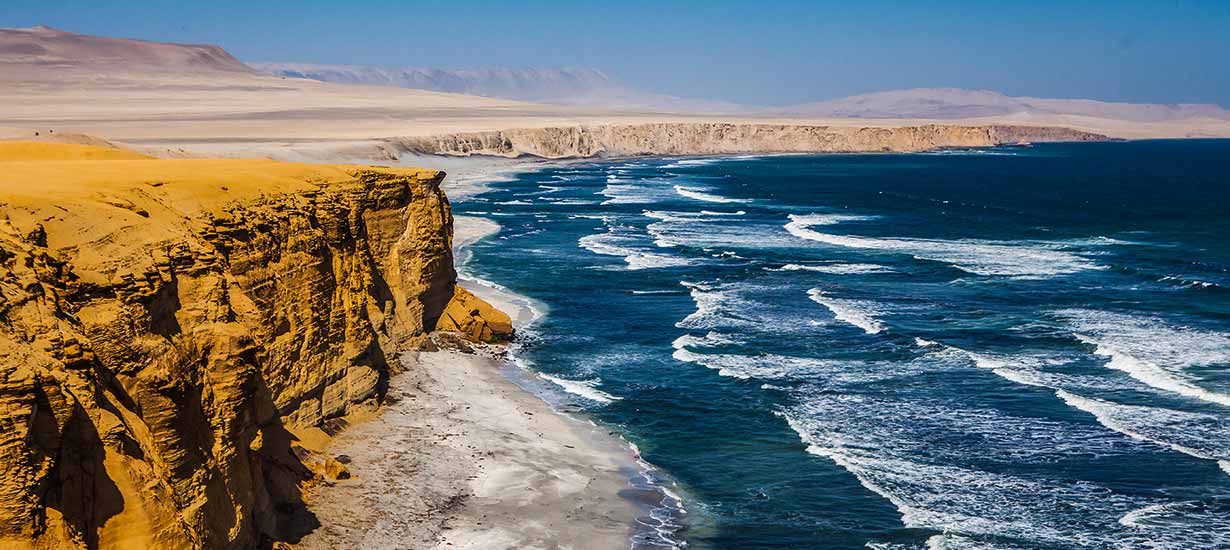 Paracas National Reserve / Source: Marco Garro, PROMPERÚ
Paracas National Reserve / Source: Marco Garro, PROMPERÚ
Cordillera Azul National Park
Located at the intersection of the Ucayali, Loreto, Huanuco, and San Martin regions, this park is a conservation gem in the Peruvian Amazon. Established on May 21, 2001, it spans over 1.3 million hectares of tropical forests and mountains.
The park is renowned for its remarkable biodiversity, boasting over 6,000 species of plants and animals. It is home to 71 species of large mammals, 10 species of primates, and 516 bird species, as well as 82 species of amphibians and 93 species of fish. Among the mammals, you can find the Andean bear, river otter, giant otter, tapir (sachavaca), peccary (huangana), red deer, and large rodents like the lowland paca and capybara.
 Cordillera Azul / Source: Fernando López, PROMPERÚ
Cordillera Azul / Source: Fernando López, PROMPERÚ
Within this park, you can explore the Lost World Lagoon in Chazuta and the cloud forests of the Cushabatay River basin, and the Cinco Puntos mountains. Additionally, the Manashahuemana hills and the macaw clay lick along the Pisqui River are also worth a visit.
If you are seeking a more relaxed experience, the Chambirillo viewpoint offers breathtaking views of the forests to the east of the national park. You can also admire the high-altitude marshes, which are unique wetlands situated at the head of the Pucayacu, above 1,400 meters above sea level.
There is no doubt that Peru's national parks are an invaluable treasure, essential for global biodiversity and the country itself. With their significant international recognition, they remain crucial destinations for both conservation and tourism.


